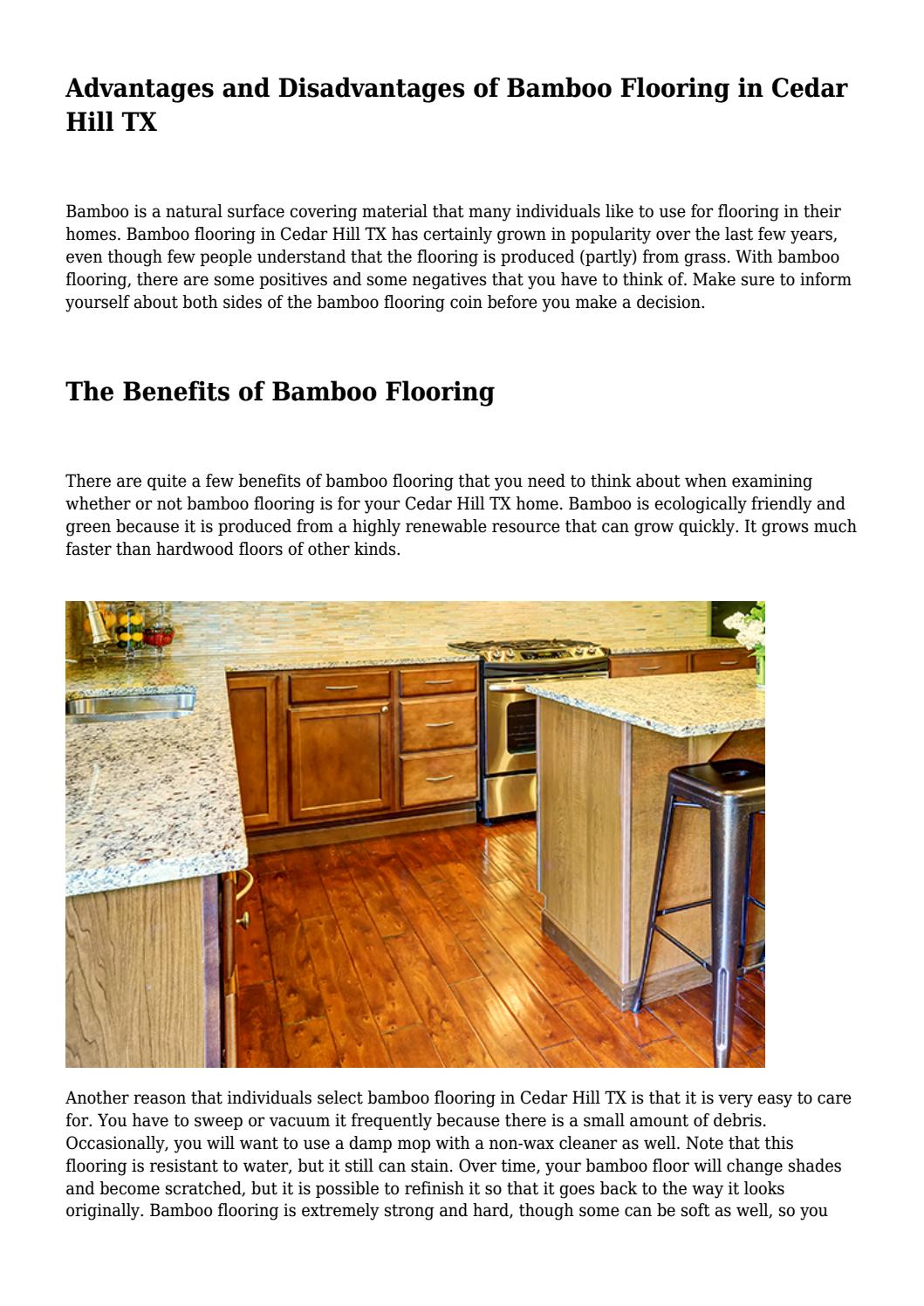Recently, bamboo flooring has become a popular element of home design.
No wonder, because bamboo has three essential properties: strength, sustainability and a stylish appearance.
In addition, bamboo flooring is significantly cheaper than hardwood. However, we encourage you to consider some pros and cons of bamboo flooring before making the final decision on your home. Here is some information that you might find useful:
ADVANTAGES OF THE BAMBOO FLOOR
endurance
Bamboo floors can have greater compressive strength than concrete and higher weight / tensile strength than steel floors. At the same time, bamboo is more body-friendly than hardwood, as it puts less strain on the legs and knees.
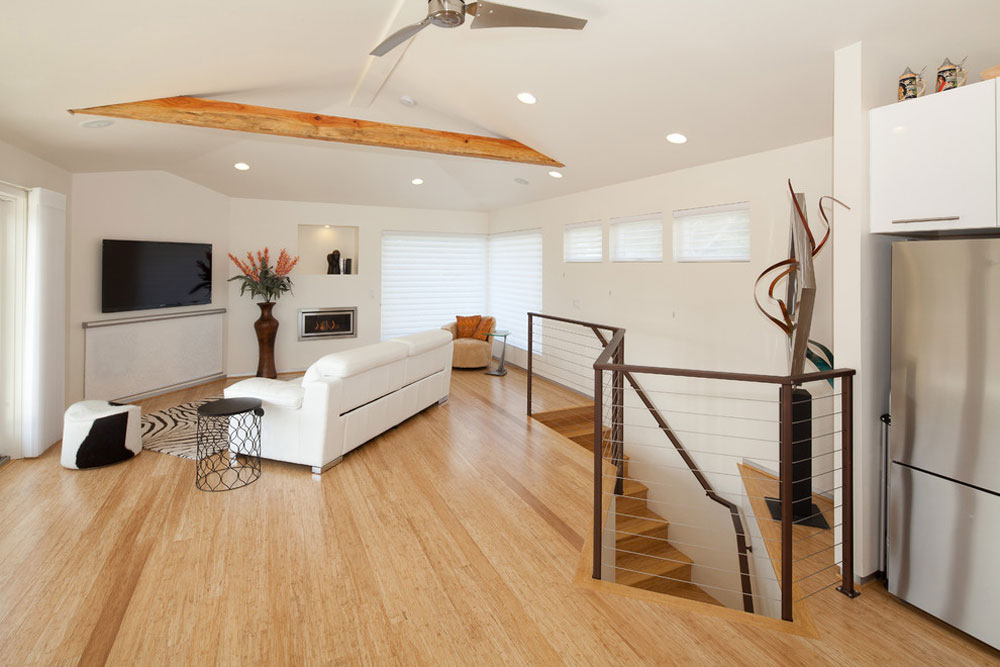 Image source: Green goods
Image source: Green goods
Bamboo floors are a long-lasting flooring option. It’s an excellent solution for high-traffic areas and can handle scratches caused by children or pets pretty well. A real bamboo floor cannot be easily damaged, even if hit by sharp objects such as knives or sticks. Therefore, it is ideal for the entire place, from the hall to the kitchen.
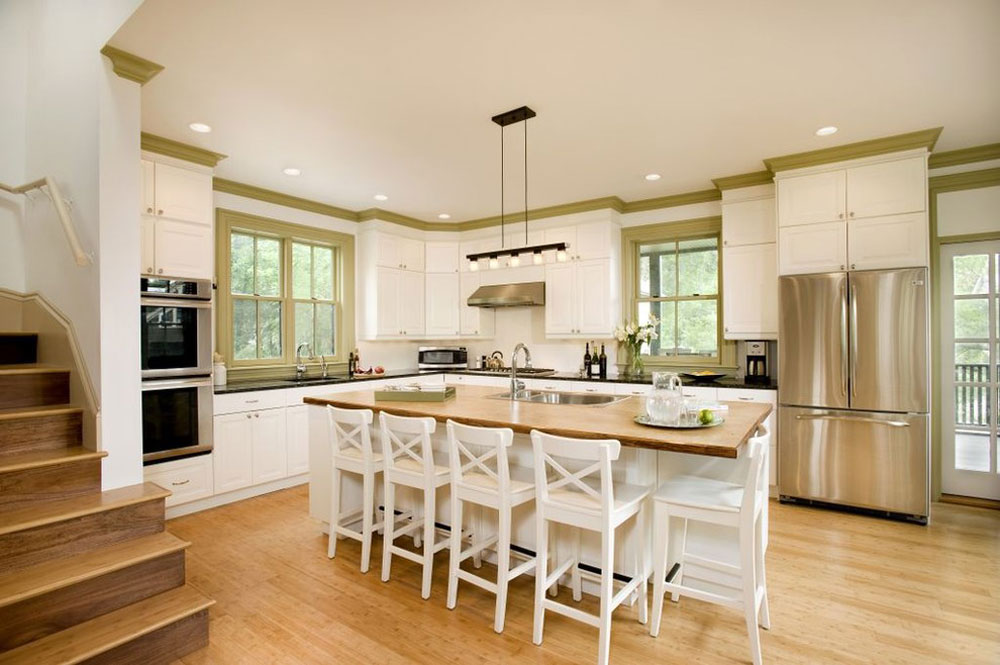 Image source: Landmark Services Inc.
Image source: Landmark Services Inc.
sustainability
Bamboo floors are also an environmentally friendly choice. We are discussing a fast growing material and an easily renewable plant that plays an essential role in protecting our environment. As the Environmental Bamboo Foundation points out, a single acre of bamboo planting can remove a significant amount of carbon dioxide from the air and produce 30% more oxygen per year than the same number of hardwood trees. In addition, bamboo only requires rainwatering and almost no herbicides / pesticides to support its growth.
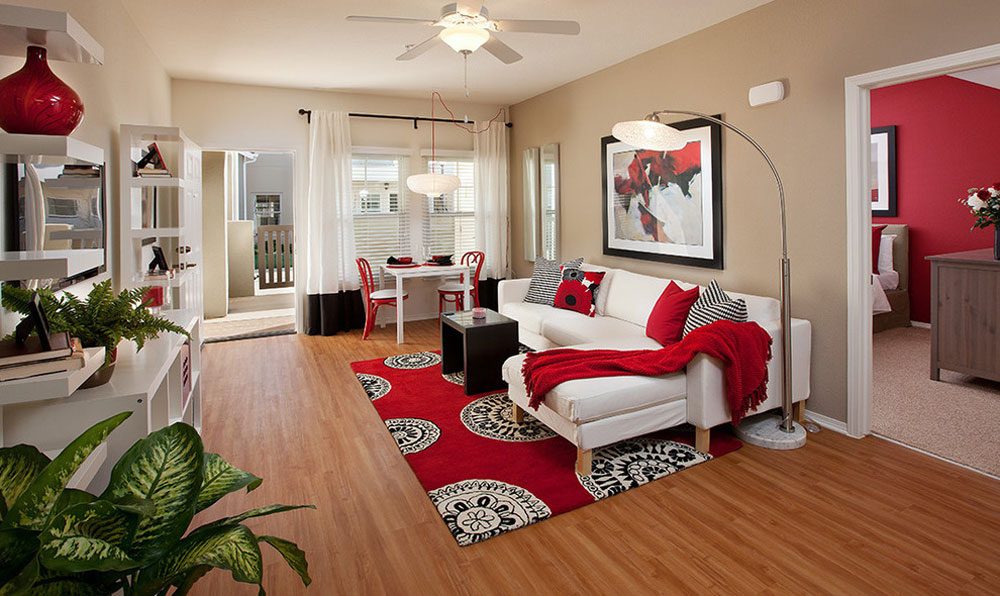 Image source: Debra Borden
Image source: Debra Borden
Effortless cleaning and conservation
Bamboo floors are perfect for those who don’t have enough time for daily maintenance. Even the smallest residues can be removed by sweeping and vacuuming. Plus, you don’t need any special wiping products – you can use common wax and alkali-free products such as those used on hardwood floors.
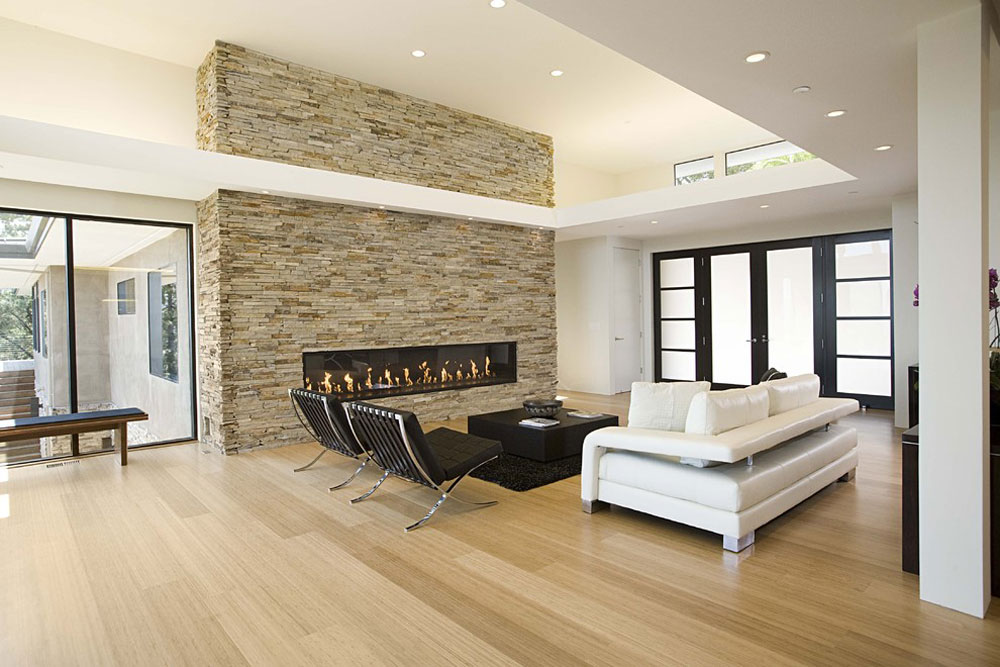 Image source: Mark English AIA
Image source: Mark English AIA
Large selection
Bamboo floors are anything but a standardized solution. It’s available in almost any color or texture that comes to mind! However, it is recommended to choose lighter tones. Dark bamboo is usually softer because it has undergone a high temperature treatment.
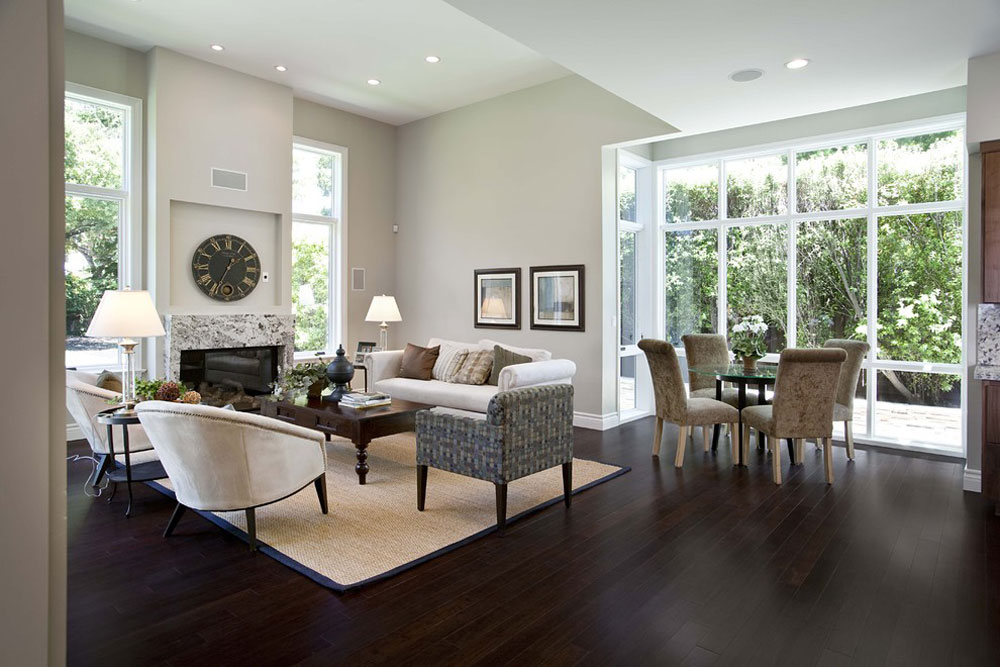 Image source: Mark English AIA
Image source: Mark English AIA
If you still prefer a darker bamboo flooring, we recommend painting it or printing the specific pattern before sealing it. This way you will match it to the decor of your home while maintaining its strength.
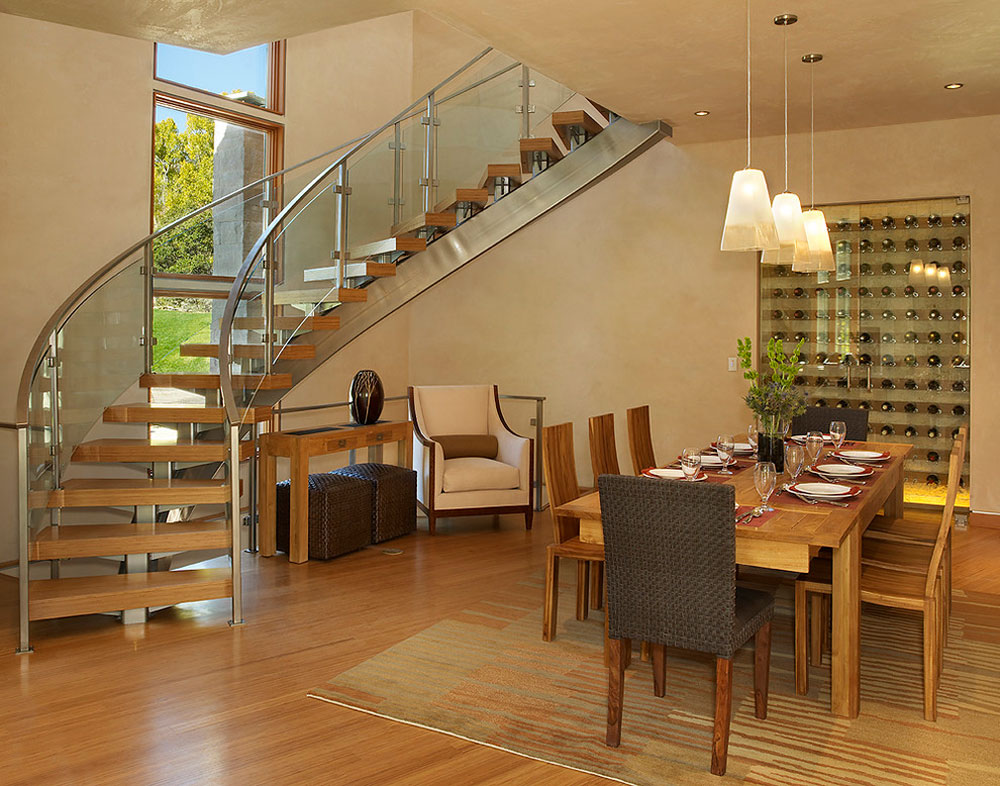 Image source: David Johnston Architects (DJA)
Image source: David Johnston Architects (DJA)
Health considerations
Ready to Live Healthier? You should know that good looks aren’t the strongest side of bamboo floors. It is its health friendliness! Bamboo is a hypoallergenic material with strong anti-static properties and insect resistance.
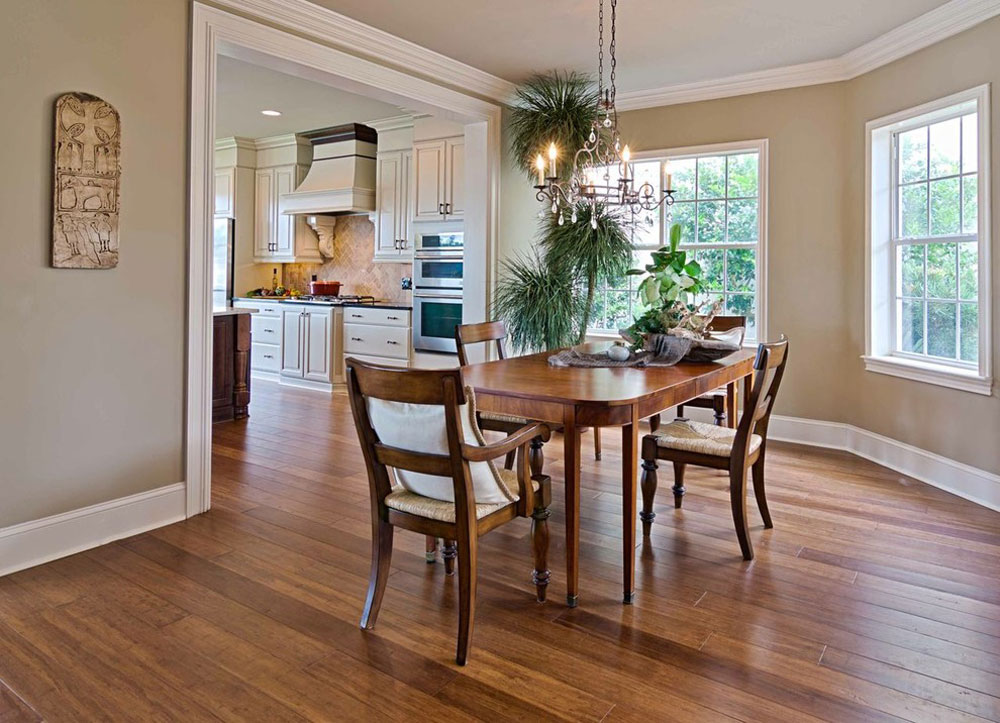 Image source: BeeTree Homes (DJA)
Image source: BeeTree Homes (DJA)
Affordability
In the Eternal Bamboo floors versus hardwood floors Fight, bamboo has the advantage of being less expensive. The price you would pay for it is nothing compared to the appearance, efficiency, environmental friendliness and durability of this material. Also, remember that bamboo floors are not easily damaged, reducing the need for temporary repairs.
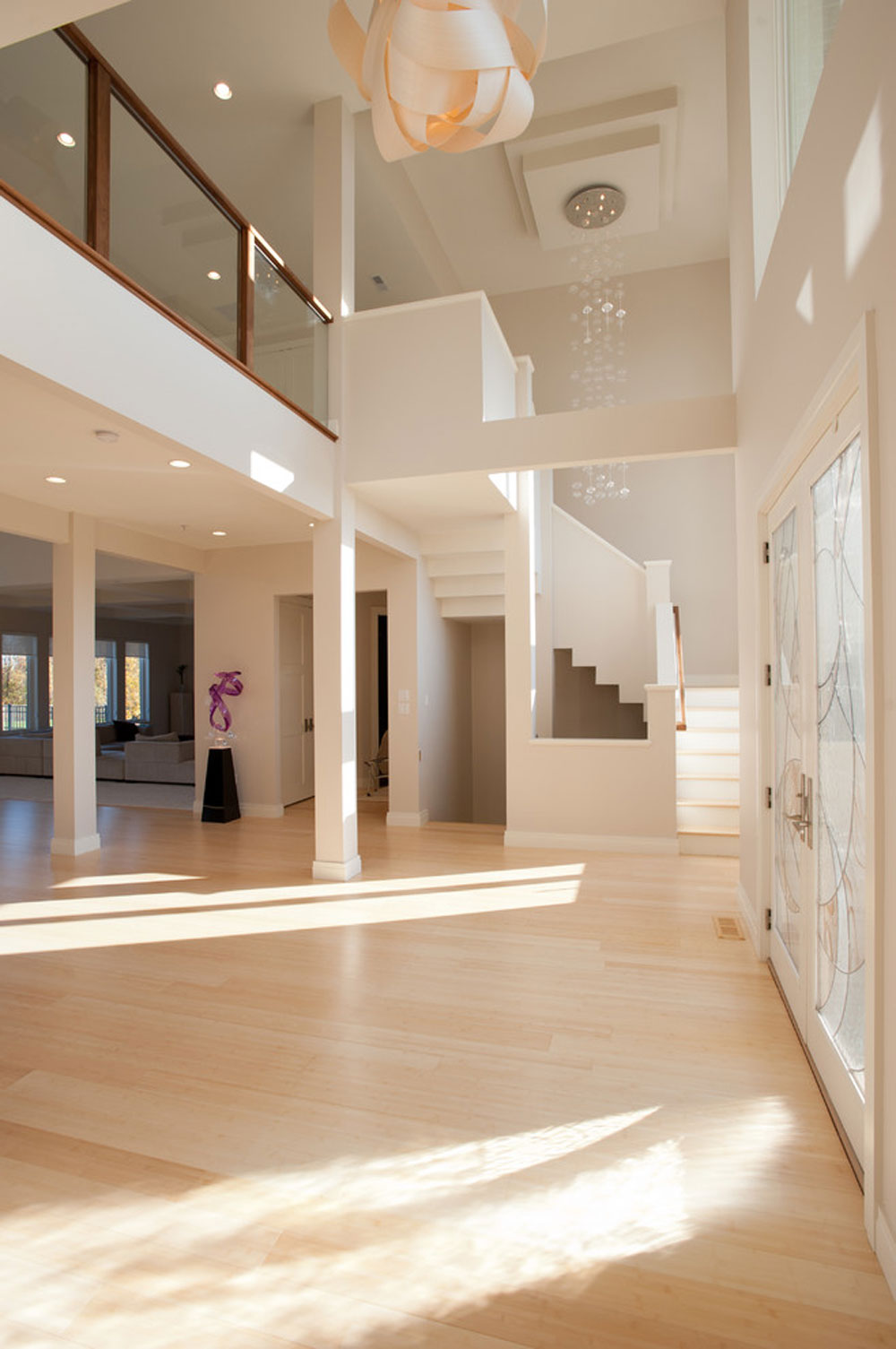 Image source: Vortex houses
Image source: Vortex houses
Excellent relationship with insects and moisture
That’s true! Bamboo floors are a natural choice for regions that are characterized by insects and moisture. If you lay it correctly, a bamboo floor will never deform or shrink (unlike hardwood floors).
Suitable for rework
Bamboo floors can lose color, shine, or bumps if not protected by numerous thick or top coats. The good thing is that you can always rework them and give them a brand new look. All it takes is a simple sanding of the surface.
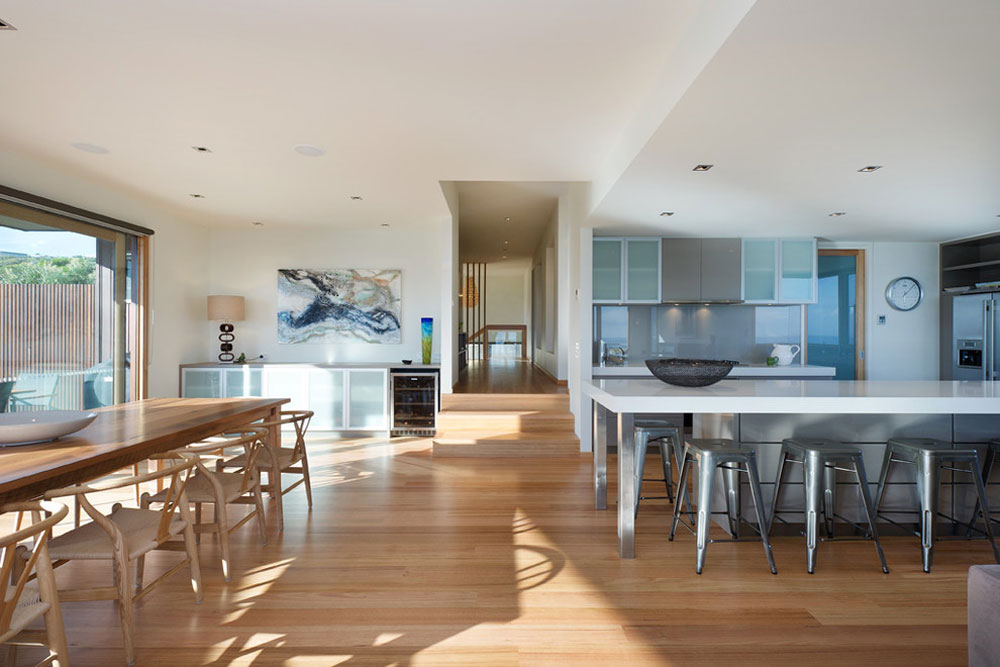 Image source: Matthew Mallett Photography
Image source: Matthew Mallett Photography
Cosiness
Bamboo floors are not just practical. It is an excellent decorative detail that can “warm” your place and create pleasant feelings. This natural material makes everyone feel comfortable and calm.
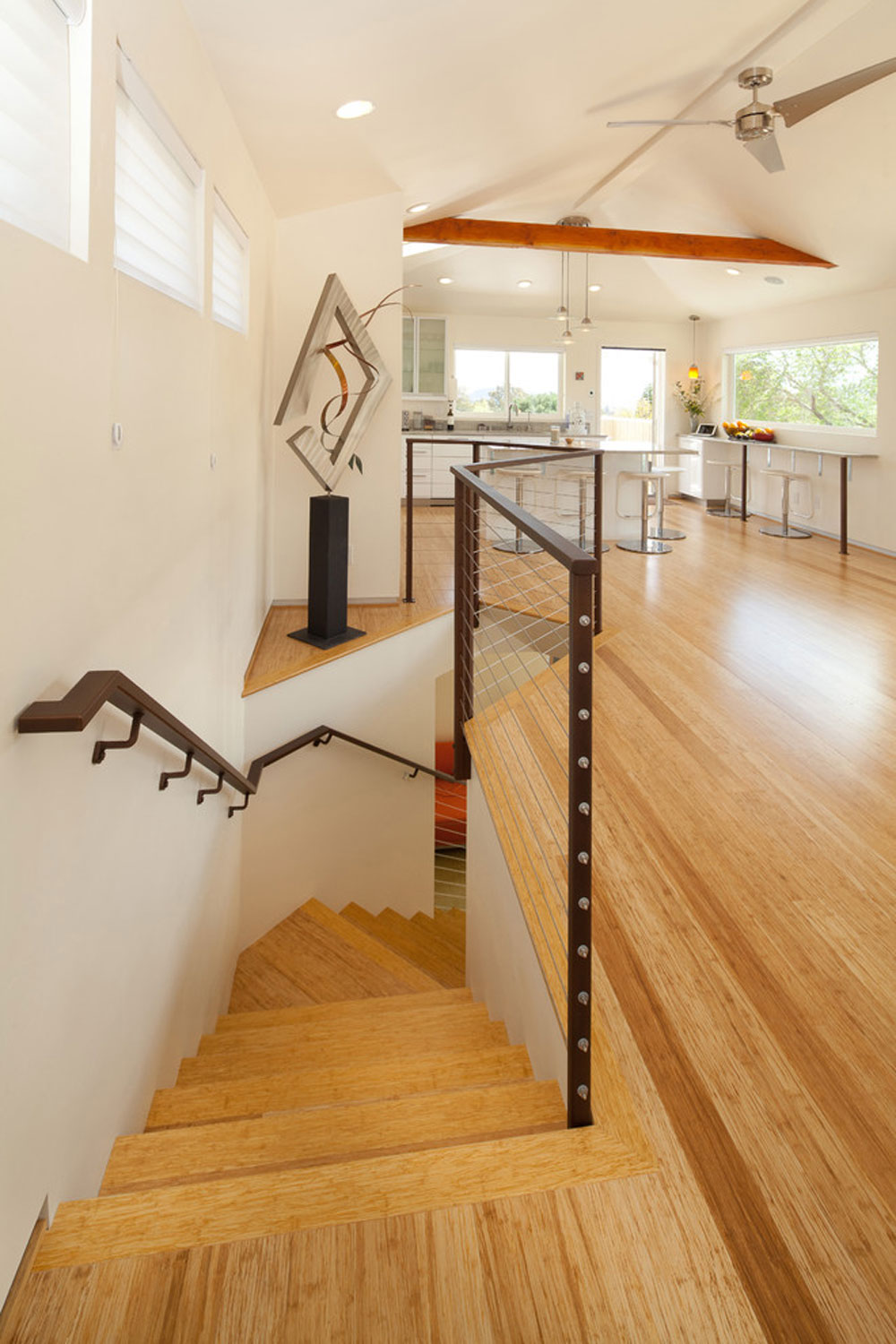 Image source: Green goods (DJA)
Image source: Green goods (DJA)
DISADVANTAGES OF THE BAMBOO FLOOR:
Unsuitable for outside areas
As mentioned earlier, bamboo flooring is a great solution for indoor spaces, especially areas where there is a lot of movement. However, bamboo is not recommended for outdoor areas or moisture-sensitive rooms.
Possibility of water damage
As strong as it is, bamboo remains an organic and natural material. Therefore, if it is exposed to severe moisture it can lead to undesirable consequences such as: B. curvature, staining or even mold growth. This means that flooding can be fatal to bamboo floors.
Scratch
As much time as you invest in maintaining a bamboo flooring, it’s almost impossible to keep it scratch-free. The more you use it, the more scratches will appear. Many objects can cause scratches – sharp heels, claws, pointed furniture legs, etc. Over time, even the smallest particles of dirt or sand can have serious consequences.
Toxic gases
If you bought your bamboo flooring some time ago, make sure it isn’t the healthiest item you have in your home. Many urea-formaldehyde adhesives are used in the manufacture of bamboo floors, which are made up of volatile organic compounds (VOCs) which are actually toxic gases that are harmful to human health. The top coats consist of a similar bamboo floor, which is often covered with layers with a high VOC content. Even so, the flooring industry has improved and many safer options have emerged. Nowadays, you can protect your family by buying formaldehyde-free floors that are coated with layers that contain only a small amount of VOC. To do this, make sure that the product has a GECA certification label.
Moisture sensitivity
This is one of the most serious problems with bamboo floors. Bamboo boards can easily split if installed in a severely wet or dry environment. Bamboo expands when it is wet, and shrinks when it is dry. In either case, this leads to cracking and an inability to use.
No rating system
We all agree that an appropriate rating system is very important when making interior design decisions. There is absolutely no such system in bamboo floors. There is no way to compare and evaluate the quality of different materials so that we can base our choices on something. The only system available is that of retailers who divide bamboo materials into two categories (A and B). However, this is a random subdivision that doesn’t say much about quality. It is for this reason that you should consider customer reviews and contact reputable flooring suppliers to find the right material for your floors.
Environmental concerns
Bamboo is a renewable, environmentally friendly source, but we shouldn’t underestimate the harmful effects of its manufacture and transportation. There are two main problems: the ever-growing flooring industry, which requires deforestation and planning; and the incredible amount of energy it takes to move bamboo from its native Asia to all different places.
Susceptibility to softness
This is important information to consider before purchasing any particular bamboo flooring: Bamboo takes time. It must be firm and ripe (at least 3 months) before it is harvested, processed and brought to your home. Otherwise the planks will be soft and won’t last long.
Another way to make sure you have a sustainable bamboo flooring is to buy lighter, carbonated, and stranded planks.
Carbonization weaknesses
Painting your own bamboo floor is less harmful than buying one that has already been painted. However, applying paint cannot be without its consequences – you get a good-looking floor that is weak and unstable.
Lack of style
It is true that bamboo floors add a warm, contemporary touch to your home. Trends change, however, and your vintage-like bamboo decor can become a real disadvantage in the future.
 Flower Love
Flower Love
